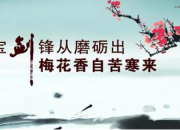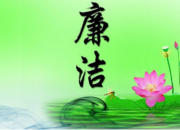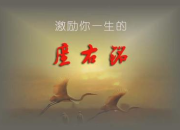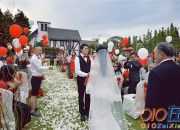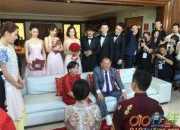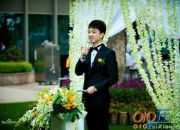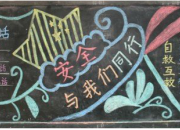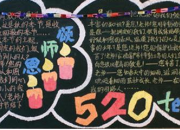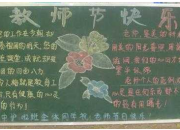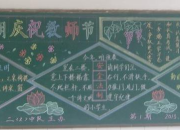现代公关礼仪公开课
时间:2021-08-31导语:公关礼仪顾名思义是指公关人员在公关活动中应遵循的礼仪要求,并不包括其他场合的礼仪。但是,公关礼仪与其他交际礼仪也有相通之处,只不过目的、对象有所不同罢了。以下是小编整理现代公关礼仪公开课的资料,欢迎阅读参考。
一、语言类礼仪:可分为语音类、口语类和书面类三种礼仪形式。
语音类:是通过不同的语音来表示礼仪的意思, 即通过声音的高低、音色、语速、声调等来暗示不同的意义。首先声音表达要让人感到真实、朴实、自然;其次音量要控制得当,需轻柔时勿高昂,需低沉时勿喧哗;再次音调要注意抑扬顿挫、和谐有致。
口头类:通过口头语言的方式表达的各种礼仪,即以谈话的方式表示礼节。表达要注意时间原则、地点原则、对象原则。
书面类:是通过书面语的方式表达的礼仪,用于非面对面人际交往时所运用的。通过感谢信、贺电、函电、唁电、请柬、祝辞等书信形式来传情达意。其二大特点:一是礼节性;二是规范性。
二、身体语言类:分为表情语言和动作语言。
表情语言类:通过人的脸部各种各样的表情来传递的礼仪,人的脸部是人世间最丰富多情的一道风景线,包括眼、眉、嘴、鼻、颜面肌肉的各种变化以及整个头部的姿势等。比如人的眼睛是人的表情语言中语汇最丰富的,“眼语”是像灵魂的一面镜子,通过其可以观察到对方是否喜欢你、支持你。所谓深沉的注视表示崇敬,横眉冷眼指仇敌,眉来眼去指情人暗送秋波。
动作语言类:通过人的各种身体的`动作传达礼仪。人的身体动作非常多,有手语、肩语、腿语、腰语、足语等。其中手语是语义中最丰富的动作语言,如用大拇指表示赞扬、了不起;伸出小拇指表示鄙视;在人背后指点表示不礼貌;拇指朝上表示好,朝下表示坏;向上同时伸出中指和食指成“v”字, 表示胜利();用拇指和食指圈成“o”形表示ok。
三、饰物语言类:通过服饰、物品等语言符号表达一定的思想和情感意义的礼仪行为。一种是由服装、饰物化妆美容等代表的礼仪,一种是通过各种物品代表的礼仪。
首先,服饰和物品昭示着社会风尚。其次,服饰和物品是一种情感的象征。再次,服饰和物品是一种美的演绎。
四、洒晏类礼仪:通过设宴酒吃饭表示对客人的尊重和欢迎的一种礼节,古今中外,以酒宴款待亲朋好友已成为惯例。一则,通过美味佳肴表达对朋友亲人的深情厚意。二则通过宴席上种种礼仪行为表示对客人的尊重礼貌,以求此后友好的发展互相的关系。
延伸阅读:
英文版
1. Language etiquette: it can be divided into three forms: phonetic, oral and written.
Phonetic class: the meaning of etiquette is expressed through different phonetics, namely, the sound level, tone, speed and tone of voice. The first voice is to make people feel real, simple and natural. Second, the volume should be controlled properly. Don't make noise when you need to gently. Again, note the cadence and harmony.
Oral class: the various manners expressed through the oral language, which means the etiquette of talking. The expression should pay attention to the principle of time, place principle and object principle.
Written: a written form of etiquette that is used in non-face-to-face interpersonal communication. To convey your feelings through letters of thanks, congratulations, letters, messages, invitations, greetings, etc. The second characteristic: first, courtesy; The second is normative.
2. Body language: expression language and action language.
Facial expression language class: through out all kinds of expressions to pass the etiquette, the person's face is in the world the most abundant amorous a scenery line, including eyes, eyebrows, mouth, nose, all sorts of change of facial muscles and the entire head posture, etc. For example, the person's eyes are the most abundant words in the person's expression language. "eye language" is a mirror of the soul, which can be seen through it to see if the other person likes you and supports you. A deep stare is a sign of reverence, and a cross-brow is a sign of an enemy that is flirting with the eyes of a lover.
3Action language: communication etiquette through the movements of various bodies. Human body movements are very many, have sign language, shoulder language, leg language, waist language, foot language and so on. Among them, sign language is the most abundant action language in the semantics, such as praise with the thumb, great; Hold out your little thumb to show contempt; It's not polite to give directions behind people; Thumbs up, good, bad; The middle finger and forefinger are "v", indicating victory (); Circle the "o" shape with your thumb and forefinger to indicate ok.
Three, the decorations language category: expresses certain thought and the emotional meaning of the etiquette behavior through the language symbol such as dress, article. One is the etiquette that is represented by clothes, decorations, cosmetics, etc. One is the etiquette that is represented by various objects.
First, clothes and objects show social fashion. Secondly, clothing and objects are a symbol of affection. Again, clothing and objects are a kind of beauty deduction.
4 the etiquette of the ceremony: to show respect and welcome to guests by dining and drinking, which has become a common practice in China and abroad. For one thing, express your affectionate kindness to your friends and relatives through delicacies. The second is to show respect and courtesy to the guests through all manner of manners in the banquet, so as to develop friendly relations with each other thereafter.
【现代公关礼仪公开课】相关文章:
1.现代公关礼仪类型
2.现代公关礼仪常识
3.现代公关礼仪
4.有关现代公关礼仪
6.现代公关礼仪笔记
